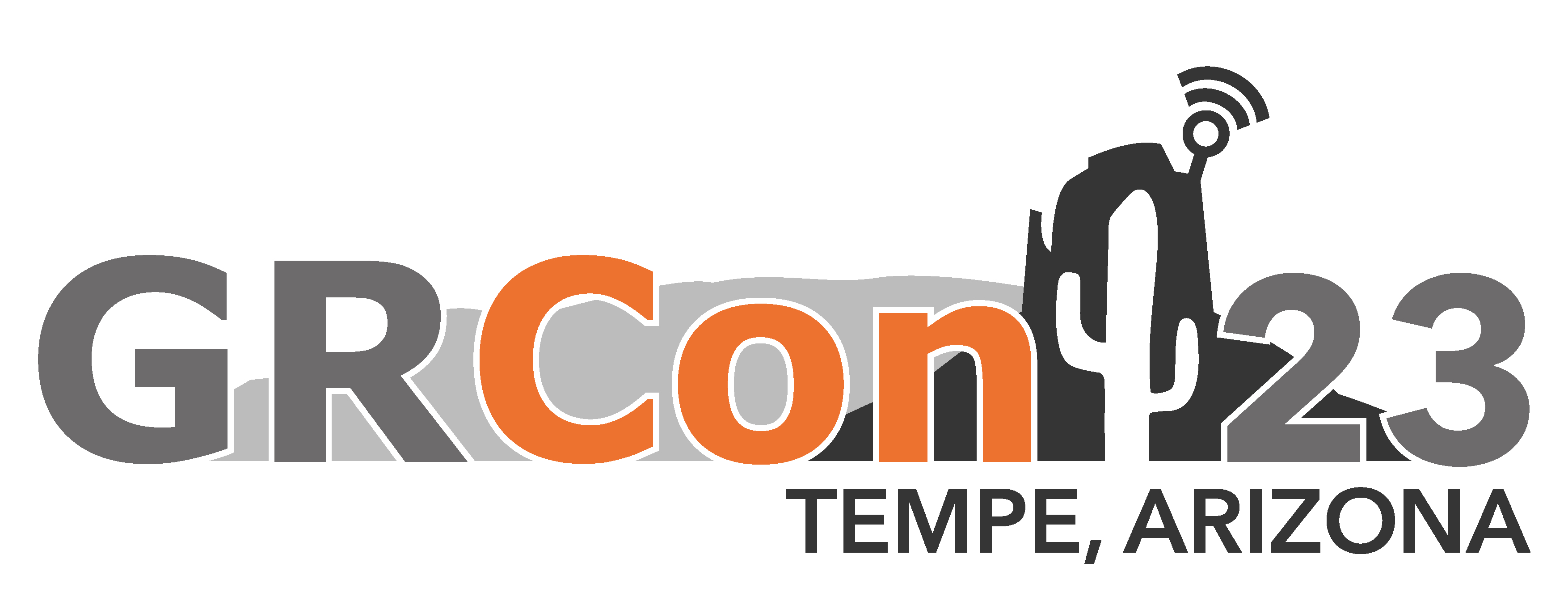Speaker
Description
Combining Software Defined Radios (SDRs) with the GNU Radio software development toolkit can enable rapid prototyping of integrated sensing and communications (ISACs) systems. In this paper, we conduct a Hardware-In-The-Loop (HWIL) over-the-air (OTA) experiment on a low-cost SDR platform testbed to demonstrate the feasibility of cooperative waveform design for a joint radar-communications system. We implement the system using USRP (Universal Software Radio Peripheral) B210s and ADALM-PLUTO Active Learning Module (PlutoSDR) with GNU Radio acting as command software for the SDRs. A joint radar-communications node acts as a monostatic radar trying to detect a real target in the environment, while also acting as a communications relay. A separate SDR is transmitting a complete Orthogonal Frequency Division Multiplexing (OFDM) signal that is implemented completely in GNU Radio. The joint radar-communications SDR, equipped with high gain horn antennas, simultaneously performs radar processing to detect a real target in the environment and decoding of a communications message. MATLAB is used to implement the receive signal processing chain. Different inner modulation schemes for the OFDM communications transmitter, such as BPSK; QPSK; and 16-QAM, are also implemented to verify the soundness of the joint radar-communications system.
Keywords—ISACs, GNU Radio, Waveform Co-design, Optimization, USRPs
[1] School of Electrical, Computer and Energy Engineering, Arizona State University, Tempe, AZ 85287.
[2] Center for Wireless Information Systems and Computational Architectures (WISCA), Arizona State University, Tempe, AZ, 85281, USA.
| Talk Length | 15 Minutes |
|---|

